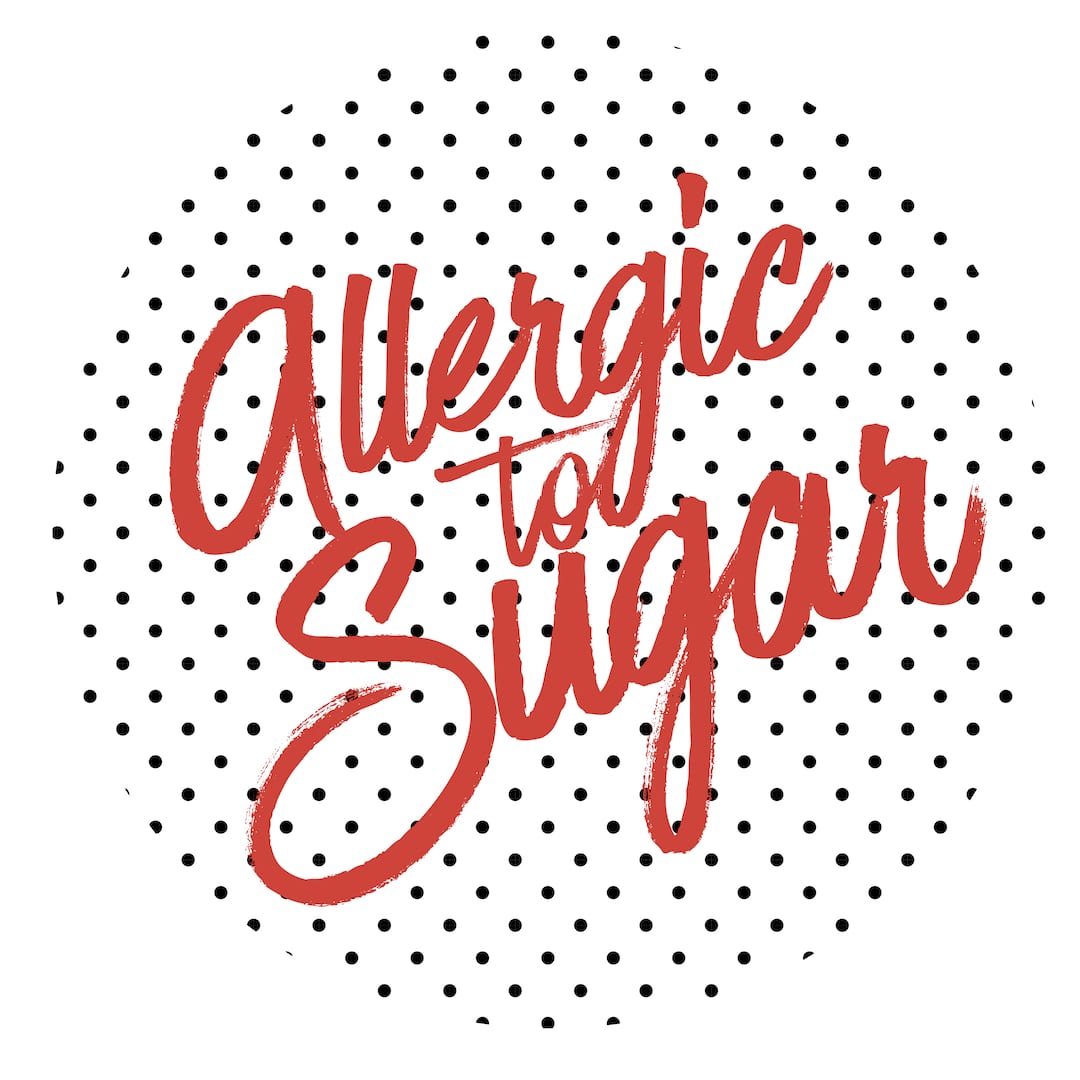Just after Lockdown 2020 I wrote a piece for Weight Loss Surgery Ltd with three experiments that could be done immediately to help with improving our nutrition habits.
Given that it is Sunday today, and Sunday is the start of my week, I am taking one of those experiments and using it on myself. To tidy up my Post Christmas Post New Year Kitchen and to get me ready to go back to work.
The Kitchen Clean Up is actually one of my favourite experiments and one that you might have seen me do before.
I start with re evaluating both of our Food Traffic Light lists.
The Traffic Light list is a fabulous Precision Nutrition Coaching technique that I have used time and time again both at home and in coaching sessions. And it’s easy – as well as totally individual.
Use this three-step process to clean out your fridge, pantry, freezer, and other places you stash food.
Through this process, you’ll make some foods a lot harder to eat and other foods a lot easier to eat.
Step 1: Make Your List
Determine your red, yellow, and green light foods. Here’s how to identify yours:
Red light foods = “no go” foods.
These are foods that present such a difficult challenge for you that they just aren’t worth the struggle.
These will be different for different people. As I said before, I can’t keep ice cream in the house but chocolate biscuits don’t get touched for ages.
Red light foods may not work for you because:
- They don’t help you achieve your goals
- You always overeat them
- You’re allergic to them
- You can’t easily digest them
- You just don’t like them
- Ultra-processed foods often fall into this category.
Yellow light foods = “slow down” foods.
Maybe you can eat a little bit of these and stop, or you can eat them sanely at a restaurant with others, but not at home alone.
Green light foods = anytime foods.
They’re nutritious and make your body and mind feel good.
You can eat them normally, slowly, and in reasonable amounts. Whole foods usually make up most of this list.
Step 2: The Clear Out
You’ll probably need a garbage bag and a compost bin if you have one.
First, get rid of the red-light foods.
If you struggle with the idea of wasting food, consider donating unopened, non-perishable, unexpired items to a charity.
Make up some Gift Bags for friends and colleagues to re-gift some of those Christmas treats.
Compost what you can’t donate.
And remind yourself: Overeating is no less wasteful than trashing the food, given your body doesn’t actually need the calories.
Your kitchen purge may actually save you money over time because you’ll stop buying certain foods.
Next, deal with the yellow light foods.
You have a few options here. You can remove them, keep them in smaller quantities to prevent overeating, or put them somewhere hard to see and reach (on a high shelf in an opaque container, for example).
Lastly, stock up on your green light foods.
Put these foods front and centre and take steps to make them easy to grab and eat.
One note: Don’t overdo it when purchasing new green foods, especially produce, as they’re likely perishable (unlike most of the red and yellow foods you’re replacing).
Remember, it’s okay to start small and build from there.
Step 3: Take Notes.
The next time you get a craving for a red or yellow food, notice what happens.
Do you reach for something on your green light list, since that’s what’s right in front of you?
Or do you drive to the store to get food you crave?
Or… do you decide not to eat anything at all because it requires way too much effort?
The lesson here is that our environment makes it harder to practice healthy eating habits. And we learn that throughout our journey – in the Mind Prep videos, at Retreat, in some of our Consultations with the WLS team. Understanding this, and that our environment guides our decisions means that we can start to take better actions.
If a food is in your house or possession, either you, someone you love, or someone you marginally tolerate, will eventually eat it.
BUT this also means that if healthy food is in your house or possession, either you, someone you love, or someone you marginally tolerate, will eventually eat it.



Recent Comments